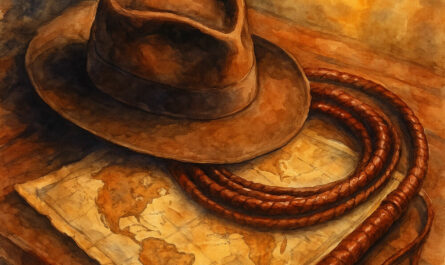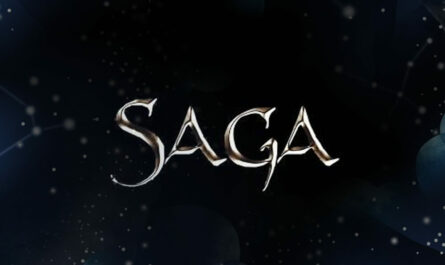For me, there’s nothing better than a wargame session during a warm summer evening or a long winter afternoon. Ok but, what am I going to do when there’s noone to play with and you need to scratch the itch to push some minies around the table ? Is there a way to put to use all those miniatures collecting dust on their shelves because nobody is playing that game anymore ? Solo wargaming might be the answer…
An unusual game
If you’re a Role Playing Game fan, you might have noticed the surge in ‘solo RPGs’ in recent years. It also happens in boardgames more and more. Wargaming is not left behind, but the solo mode is a bit more discrete. My favorites in that kind of games are those of what I call the “5 from” games, created by Ivan Sorensen.
Those are miniature agnostic games, which means there is no miniature range associated with them. Therefore, you can use any mini you have available! Almost any will do, but it’s better to pick a scale and stick to it. You don’t have the goblins that are indicated in the scenario ? Just use those robots instead! If you don’t mind, noone will complain!
Try a coop game
Maybe you do have someone to play with, but they’re not into wargaming (yet) ? If the tactical aspect is not tantalising enough, or the complex rules are just too much to cope with, suggest to play a coop game !
All the games in that series have a common base. You create your team of half a dozen characters by rolling some dice. These are the ones whose adventures you will follow throughout a series of missions. You will use random tables to generate the details of these missions. If your team completes the set objectives, they’ll earn the mission reward and maybe even some extras determined by… more random tables!
I might as well tell you right away, there are many, many, MANY random tables over the course of the game. Because this is where it draws its full flavor. If this puts you off, I don’t recommend this range of games. Otherwise, you’ll embark on an epic adventure like few wargames can provide.
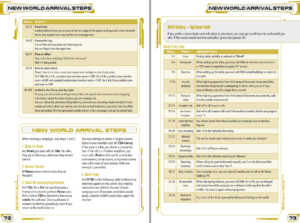
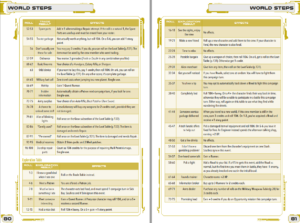
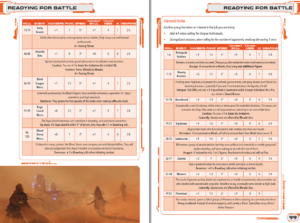
Comment ça se passe ?
Let’s dive a little deeper into the system. There are two main phases: the tabletop encounter and the campaign management.
The encounter phase
Just like a regular wargame, two sides face off. The difference is that the figures of one of the two will have a predefined behavior. The opponents will therefore follow a fairly simple “script” to define their priorities according to their nature and situation. A raging beast will charge straight towards the nearest enemy, a seasoned soldier will probably take advantage of the scenery to stay in cover, and a shooter will try to find the best firing line.
The initiative system is a key element of strategy. Each turn, you roll a few dice to determine which of your heroes can act before your opponent. The faster a character is, the more likely they are to activate at the start of the turn. Others will have to wait until the enemy has played before performing their actions. Simple, but effective!
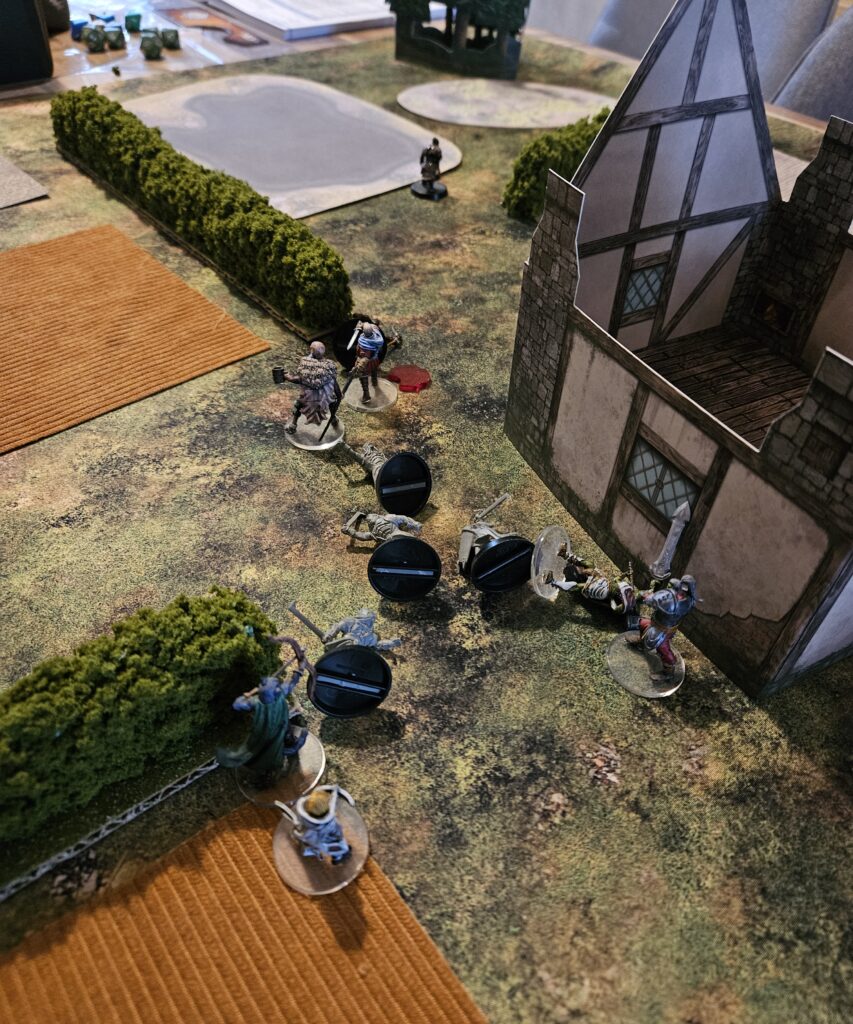
The rules are quite quick and simple. Oppositions are resolved by rolling one or two D6s to which the combat score is added. If the attack succeeds, the figure has the option to wound its opponent (another D6 roll). A wounded figure is eliminated (or loses a life point for large monsters), or simply stunned if the wound roll is unsuccessful. A figure recovers from being stunned upon activation. Stunning a figure a second time before it activates eliminates it.
Of course, equipment plays a role. Different weapons provide different bonuses (or penalties). And many items are single-use, so think carefully before using them!
An encounter doesn’t take up much space on the table: 3x3ft is ideal, and often 2x2ft will be enough. A minimum of terrain is required, for example to place objectives, but around ten elements is generally sufficient.
A bit light for a wargame, you might say. Perhaps, but the combat is only one part of the game. The real driving force, what keeps me coming back to these wargames again and again, is the campaign.
The campaign phase
Your troop isn’t just recruited for the story; you follow their adventures over the long term. They’ve become the central characters in your personal epic, your band of heroes that you’ll lead from simple, penniless adventurers to legendary heroes with epic exploits.
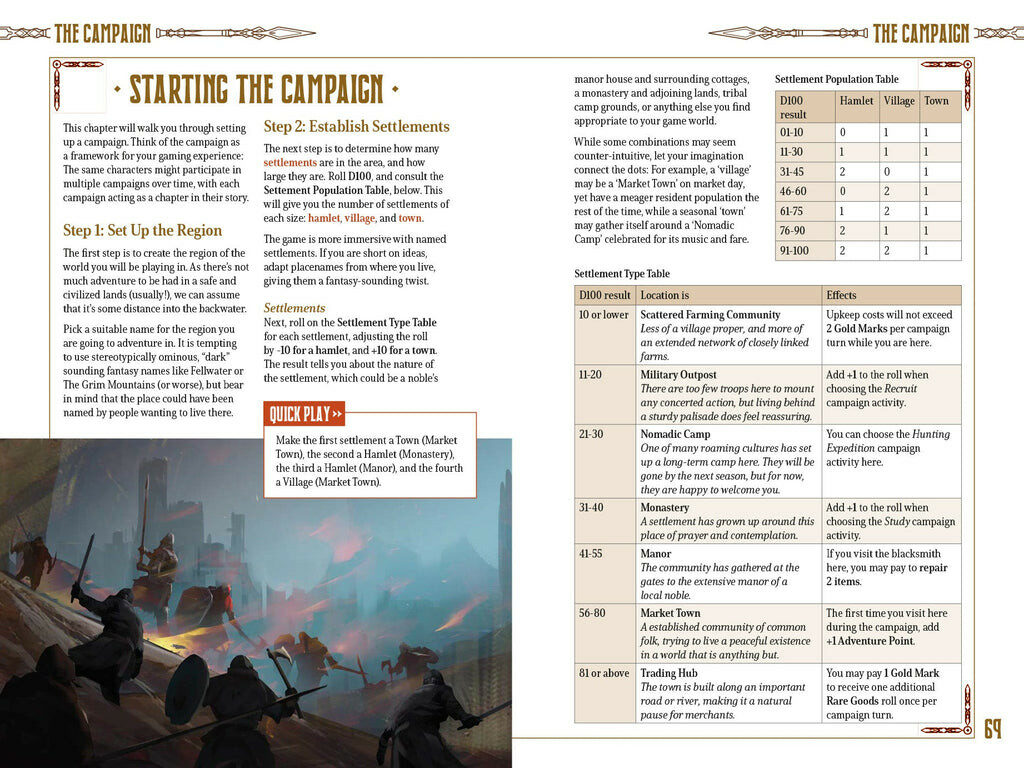
At least, for those who survive. As in any self-respecting campaign, the disappearance of one of your heroes will be irreversible. And this will quickly influence the way you conduct combat. Yes, you need the reward this job offers if your team succeeds… but is it worth risking the life of that faithful companion in whom you’ve invested so much for weeks? Fortunately, most of the time a hero eliminated in combat will only be injured. But this means that he will be unavailable for a few missions while he heals.
Each campaign turn involves numerous dice rolls to generate random events, opportunities, and enemies to fight. And that’s where our beloved random tables come in! You often won’t know what to expect. You’ll decide where the band travels, manage the equipment, and try to find a job. These jobs are determined by a few more rolls to define the objective, the reward, and the opponent to face. This could be the location’s guardians, marauding raiders, a rival band, etc. The job is then resolved on the game table as a battle—bring out the scenery!
An epic where you are the heroes
Throughout the campaign, you’ll also have to manage long-term objectives. These quests will require multiple jobs and/or journeys to complete. Each job your party undertakes will allow your characters to evolve. They’ll gradually gain power as they fight.
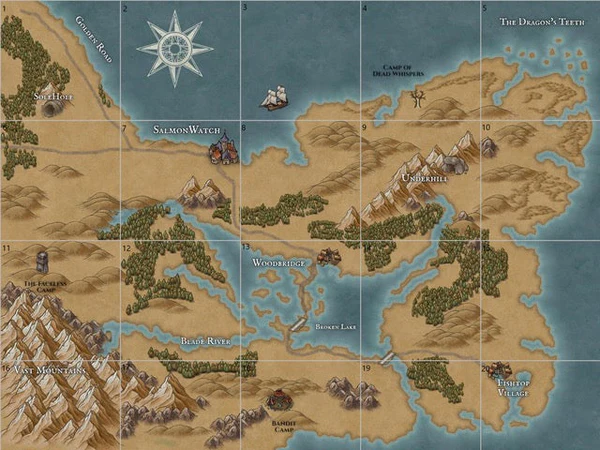
The campaign always has a context, a framework in which it evolves. For example, in “5 Leagues from the Borderlands” (the fantasy version) you create a map of the region to explore and 3 Great Threats to counter. These are determined by the setting of the campaign. Are you fighting a horde of undead, an army of invading savages, or an insidious cult that is eating away at the kingdom from within? You win the campaign if you eliminate all the Threats.
In the sci-fi version (“5 Parsecs from Home”), your heroes are a crew that has acquired a ship but still needs to pay for it! The people who will give you work are not all choirboys, so alienating them could be a thorn in your side for a long time. To make matters worse, there is an alien invasion underway in the galaxy! There is no predefined campaign ending in this universe; you are free to determine when your crew’s story ends. The end of a rival who has been taunting you since the early rounds of the campaign? Or that particularly difficult quest that you can finally complete? These are very good choices for ending your adventures… until a “season 2”?
A Wargame or a Role Playing Game?
A 5 from campaign combines many aspects of role-playing with elements of a classic wargame. From character development to long-term objectives and equipment management, all of these elements are often unfamiliar to wargames. However, 5 from characters aren’t as detailed as in most RPGs. Their individual character sheets are much closer to what you’d see in skirmish games.
Ultimately, “5 from” games are a wargame and a role-playing game, but this second aspect is only present to serve the campaign concept. Of course, you are free to fully invest yourself in this element of the game and to imagine the past, the motivations, the dialogues and small scenes corresponding to the random events that the campaign will offer you. You will be surprised by the number of times a random result will find meaning in the story that you will have created over the course of the campaign turns.
The « 5 from » multiverse
So far, I’ve mostly talked about the Fantasy and Science Fiction versions. That’s because they’re the ones I know best. But there are other titles written by the same author that share the same genes. Each version brings slight differences in combat and campaign mechanics to better fit the theme. Here’s a brief introduction to each of the universes I know in this range:
Five Leagues from the Borderlands
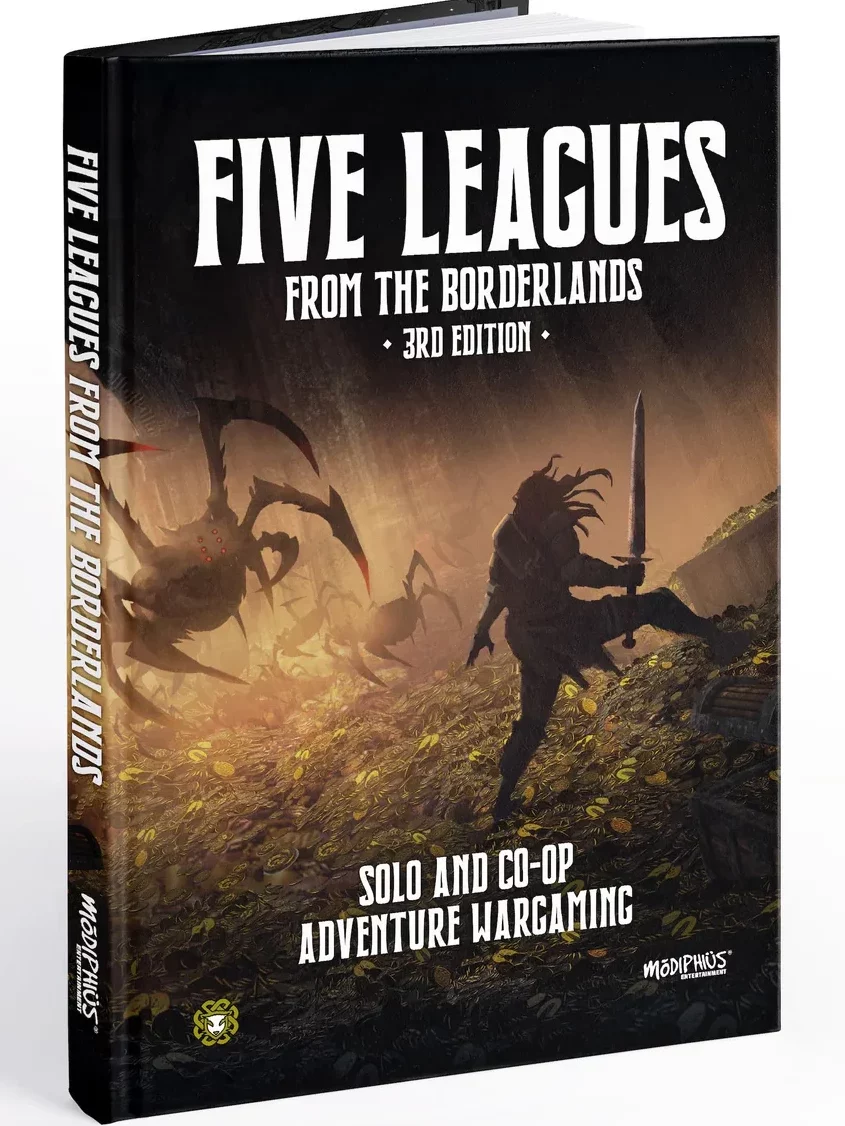
The fantasy version of the game is one of the most well-known. Your group of adventurers is tasked with restoring order to a remote region of the kingdom against growing threats. You travel across a map of the region, which you fill in throughout the game as you discover dungeons, secret encampments, ruins to explore, and lairs of fearsome monsters. And that’s not even counting random encounters during your travels.
Magic is rare but powerful in this world. Combat is mostly melee, with slightly more extensive rules than in other universes in the range. You will only be able to perform a very limited number of actions in ‘campaign mode’ (2 per turn for the entire group). Choose wisely. Sometimes the best option will be to not go on an adventure this turn…
This is pure heroic fantasy. The Lord of the Rings trilogy may well be the best cinematic comparison.
Five Parsecs from Home
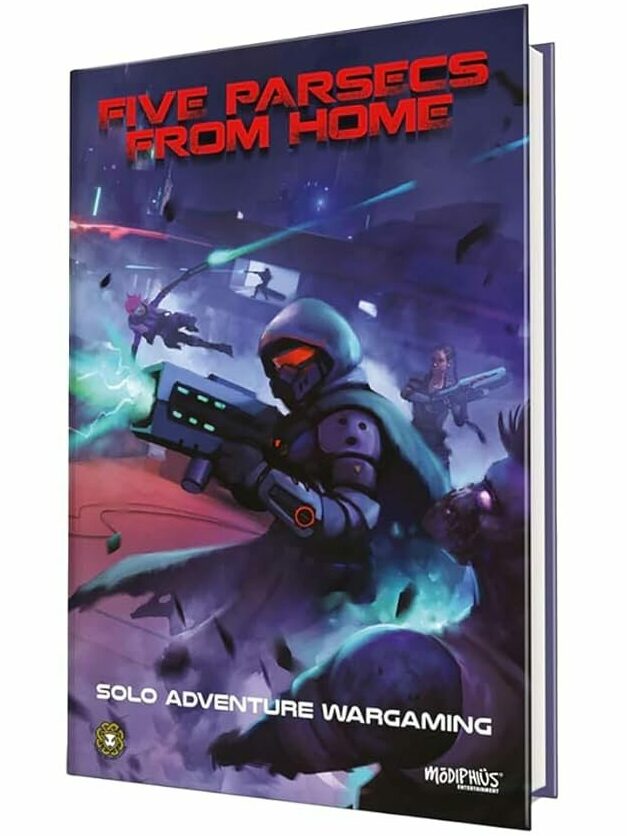
In a galaxy where humans and aliens live together, your crew will scour the planets and must carry out often illegal missions on behalf of powerful cartels or corporations. There’s a very cyberpunk in space feel. When you’ve accumulated too many rivals on a planet, it’s time to see if the money isn’t greener elsewhere. But some rivals are tenacious and have long arms; they could hunt you down! Some planets are less permissive than others when it comes to mercenaries. And you’ll never be safe from an alien invasion that could force you to leave earlier than planned.
In this universe we are far from Star Wars (except maybe the Solo movie, coincidence?), and we are closer to the Firefly or Killjoys series. The cyberpunk aspect of the universe easily makes it a pure product of the genre with a few small adjustments.
There is a standalone wargame derived from this universe: “Five Parsecs from Home Tactics.” You can play it as a separate game, solo, cooperatively, or in classic adversarial mode. You also have the option to include it in your campaign, allowing for larger battles.
Five Clicks from the Zone
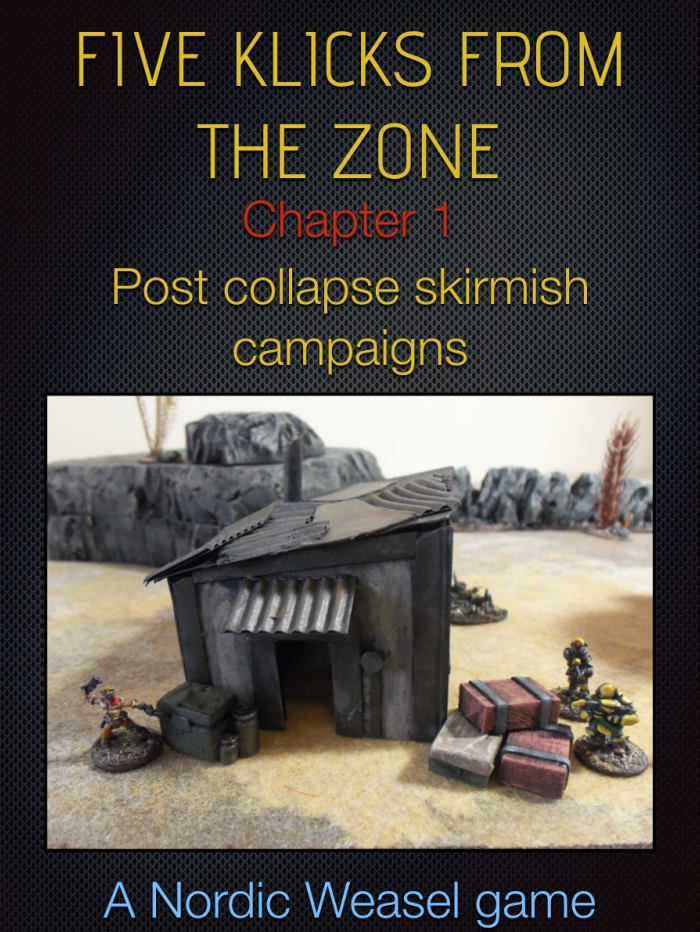
A post-apocalyptic universe where your band of survivors have established a refuge in a desolate wasteland. This base, in addition to being your team’s safe haven, can be upgraded to make your heroes’ survival easier. A well-protected shelter, for example, allows you to spend less time defending it and therefore perform more actions between expeditions. Developing resource production grants you more Trade Points to obtain equipment.
The author decided to divide this game into chapters. Only the first one has been published so far, but it contains everything needed for a campaign in which a few survivors explore a post-cataclysmic land.
This universe, like the next one, has not yet benefited from a printed edition. The model is therefore less worked and the game is only available in digital format on Wargame Vault.
Five Kilometers from Leipzig
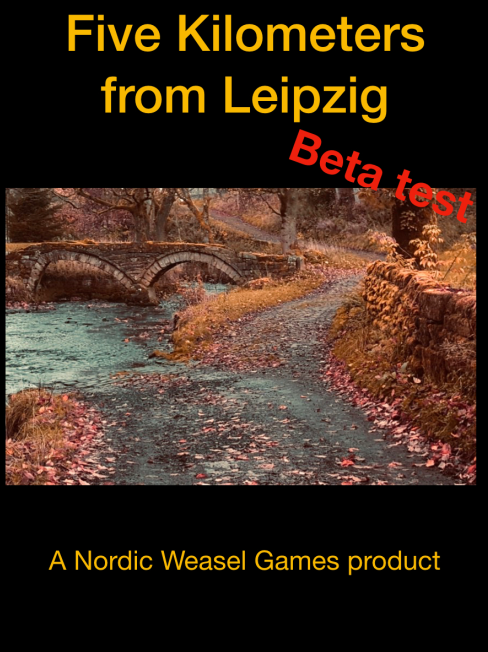
This rule allows you to follow the adventures of a group of soldiers during the Napoleonic Wars, but could be set in any other conflict of the 19th century.
This version is still in beta at the time of writing. It’s therefore less detailed than the others, but it already gives a good idea of the direction taken by the author. Since skirmish games covering this period aren’t numerous, I wanted to mention it anyway.
Your small troop will find itself facing enemy soldiers, looters, or locals, depending on the campaign context and a bit of randomness. Your missions are part of a larger military operation and may include defending a position, driving the enemy away, conducting reconnaissance, or capturing an objective. Sometimes one mission will immediately lead to another, and your soldiers won’t have time to rest: ambushes, rescue missions, and more are on the agenda.
Starting in the third round of the campaign, you’ll have the opportunity to embark on a quest. Has one of your men discovered a map leading to a smuggling cache in the region, or encountered their long-time rival in the opposing camp? This quest will serve as a secondary objective while you complete it and will provide welcome bonuses once completed.
The FiveCore system
Although by the same author, the “FiveCore” system is not the same as the “5 from” system (it seems the author has a fascination with this number). So be careful when buying!
FiveCore will appeal more to those who prefer a crunchier combat system and less to do between scenarios. If “5 from” is a series with a strong campaign influence on the combat, then FiveCore is an episodic series where each episode can be watched separately as long as you know the general context.
I will tell you about FiveCore in a future article.

